Architectural Book Recommendations
From the grandeur of classical architecture to the simplicity and dynamism of modern design; from the subtlety and depth of oriental gardens to the geometric beauty of Western architecture; from the rigorous reasoning of academic research to the vivid examples of everyday life, this booklist will take you through the tunnel of time and space to experience the unique charm of architectural styles from different regions and eras.
Whether you are a student majoring in architecture or a curious lover of the art of architecture, this list will be an indispensable source of inspiration for you.
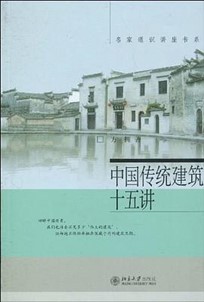
《中国传统建筑十五讲》
Author: 方拥
Call number: NA1540 F36 2010 CN
Summary: Zhong Guo Chuan Tong Jian Zhu Shi Wu Jiang originates from a general elective course at Beijing University. The course was widely acclaimed for its concise and depth. Compared with the usual works on traditional Chinese architecture, this book highlights the humanistic qualities of traditional Chinese architecture, with a particular focus on how to excavate and develop the essence of traditional Chinese architecture in the current situation where Western architectural concepts and designs are dominant. At the same time, the author also comprehensively introduces the various types of Chinese traditional architecture, such as palaces, gardens, pagodas, and bridges, which is accompanied by a large number of illustrations that complement his superb text.
This book can build a framework for readers to understand traditional Chinese architecture and help them construct a macro-knowledge and micro-understanding of Chinese architectural culture. It is a beneficial and classic book.

『長谷川豪カンバセーションズ : ヨーロッパ建築家と考える現在と歴史』
Author:長谷川豪
Call number: NA1550 I86 2011 JA
Summary: This book is a collection of interviews between Go Hasegawa and six architects from four continents.
The book compares the very different architectural environments of Japan and Europe, revealing the commonalities and differences of architecture in different cultural and social contexts. This cross-cultural perspective helps readers to understand the multiple meanings and values of architecture in a more comprehensive way and to enhance their awareness of and respect for the diversity of architecture around the world.
In addition, the book introduces each architect’s work through vivid photographs, providing the readers with a medium to experience the works of the world’s top architects. The illustrated format also allows readers to enjoy a visual feast and understand the details and concepts of architectural design more intuitively.

《当代建筑22讲》
Author: 埃利·G. 哈达德
Call number: NA680 C75 2022 CN
Summary: With more than 100 classic architectural interpretations and 200 accompanying detailed illustrations, A Critical History of Contemporary Architecture: 1960-2010 by Elie G. Haddad, the first African architect to win the Pritzker Prize, invites you to step into an African village, a small Iranian town, a former Soviet government, and an Indian slum.......
The book contains high-resolution interior and exterior views of buildings and rare architectural drawings, text-image comparisons, and Corbusier’s manuscripts. Each chapter is also accompanied by a rigorously detailed bibliography and an extensive expanded booklist. The book is not only an indispensable primer but also a history of multifaceted contemporary architecture. It places architecture in both historical and contemporary contexts and profoundly explores its deeper meanings. For university students, this book is an invaluable resource for broadening architectural horizons and understanding global architectural trends. Thus, whether for academic research or leisure reading, this book is an excellent choice.

Modern Architecture
Author: Alan Colquhoun.
Call number: NA680 .C65 2002
Summary: This book explores the Modern Architecture Movement and the complex motives, challenges, and influences behind it. Through detailed historical information and in-depth analysis, it leads readers to travel back to the first half of the 20th century, reinterpreting the masterpieces of modern architects such as Le Corbusier and Mies van der Rohe, and revealing the design concepts and ideological lineage of their works. This process not only gives us a clearer understanding of the origins and development of the modern architectural movement and its global spread and influence but also prompts us to think about the complex relationship between architecture and society, culture, and economy. With the sharpness of an architectural critic and the rigor of an architectural historian, the author guides the readers to examine and reflect on the modern architectural movement and offers many enlightening ideas and suggestions.

Towards a New Architecture
Author:Le Corbusier
Call number: NA2520 .L34 1986
Summary: The famous assertion, “A house is a machine for living in”, which was made by master architect Le Corbusier in this book, emphasizes the functionality and practicality of architecture and challenges the traditional aesthetic concept of architecture. In his book, Corbusier not only explored the technical and artistic aspects of architecture but also analyzed in depth the relationship between architecture and society, economy, and culture. He believed that architecture should reflect the spirit and needs of the times and serve people’s lives. This concept has prompted architects to pay more attention to humanistic care and social responsibility in their designs, promoting the development of architecture in a more humane and sustainable direction. By reading this book, readers will also be inspired by the concept of “New Architecture”, so that they will have the courage to go beyond the established framework to innovate and better adapt to the needs and development of the times.
More Recommendations
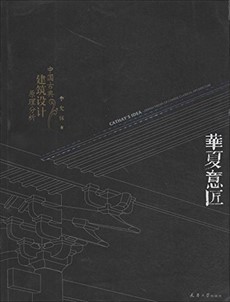
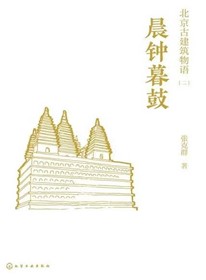


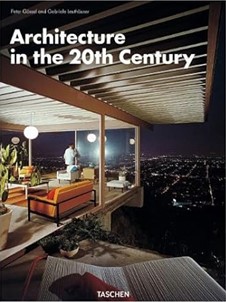
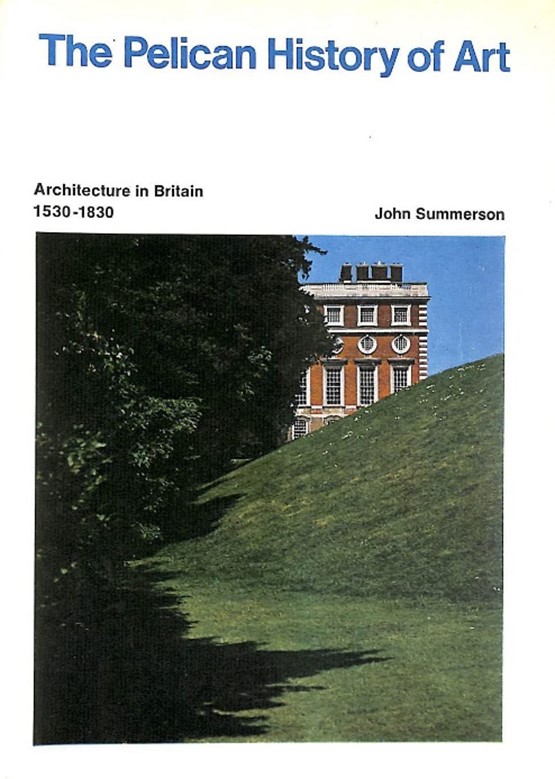
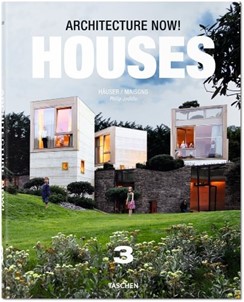

Content | ZHANG Yuguang
Layout | ZHANG Yuguang
Review | REN Yuanyuan & HU Linxiao
All recommended books above have been shelved in the atrium of the third floor of the SLAC. All patrons can come to the library and borrow them.




